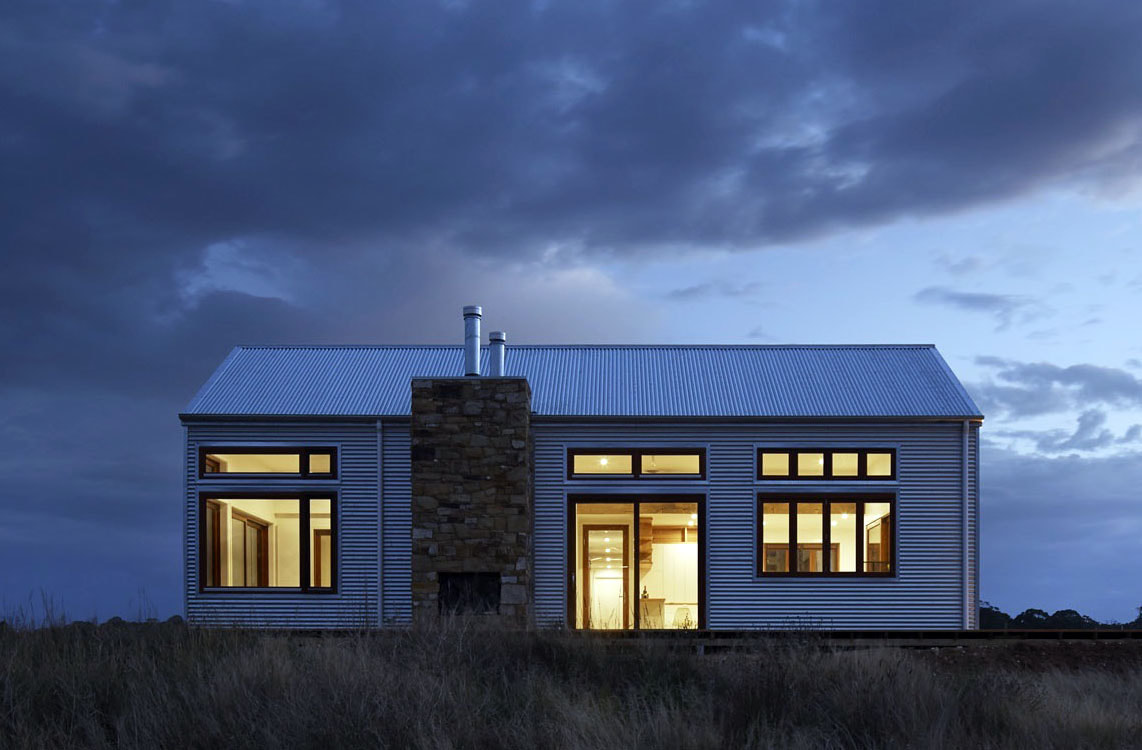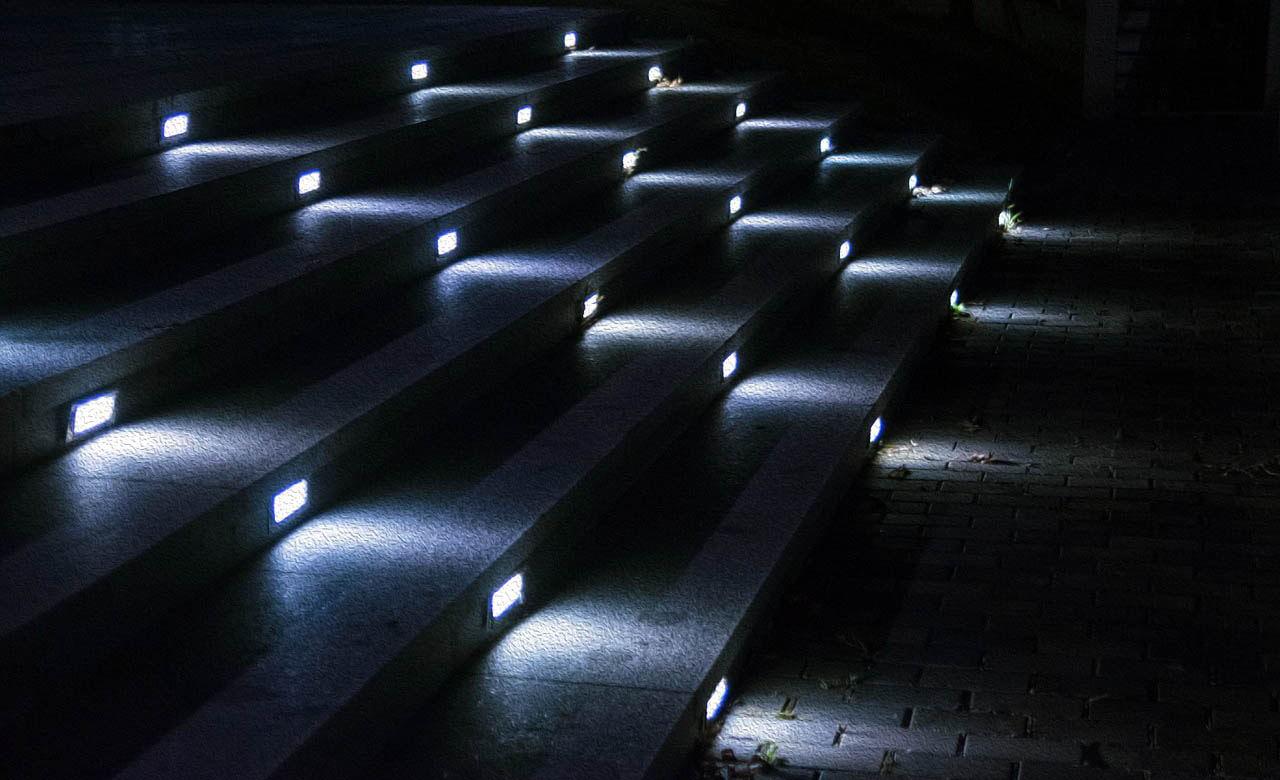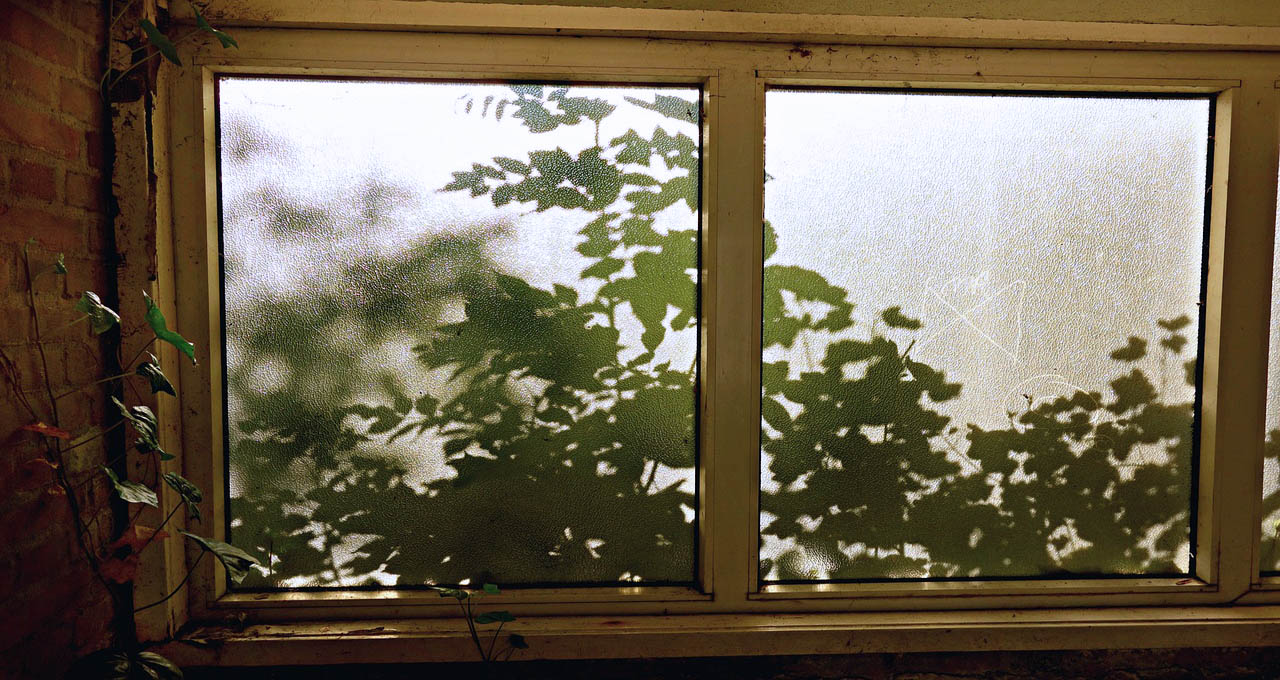|
By Anna Hazard
Introduction
As one ages, the amount of light that reaches a person's retina tends to diminish with time due to natural macular degeneration or the preponderance of eye diseases in the elderly. As compared to a younger adult, someone 65+ tend to only have 33% of all light reaching their retina with only 20% for those 85+. This hinders normal visual acuity as well as the ability to see in darker conditions and also increases the length of time needed for the eye to adapt to changes in light level. Thus for the elderly, the change from darkness to overly bright lights with glare should be avoided with low level diffused lighting preferred instead.
This additional lighting throughout the house and especially along the much-used and potentially slip hazard friendly thresholds, entrance ways, and exterior steps & ramps can be achieved through a combination of low cost to high tech artificial lighting along with more natural lighting provided through the use of windows & sliding glass doors. Lighting
As any exterior steps or ramps pose a greater risk for falling, these areas should always have adequate lighting that shines straight down instead of horizontally to help prevent the creation of confusing shadows. In particular recessed lighting specifically designed for stairs can be installed along each step, the face of the ramp, or along a side wall. Another option would be mounting low-voltage lighting common to decks along the sides of the ramps & steps so that their entire length is illuminated. Low set lights that are not recessed should be installed flush to the ramp or step surface so as not to create further obstacles. If diffused lighting is used to illuminate the entire area then reflective strips can be installed along each step or ramp slope instead.
Motion sensor or night activated lights (preferably a combination of both to cover all possible instances) are recommended so that they do not need to be continually turned off or on manually every time the steps, ramps, or entrance is used. Other objects within the entrance way besides the steps or ramps that will need to be illuminated for easy viewing in order to be used properly include locks, door knobs & levers, as well as the ability to properly view visitor's faces at the door. In the latter case entry door sidelights can be used for further privacy and safety with a security system that shows the outer entrance way on screen (either ported to the television or with an installed LCD screen). For those with potential hearing difficulties, audible & visual strobe lights can be installed to activate when the doorbell is rung. Otherwise, light receptacles should be installed at the entrance & exit for exterior doors as well as ramps & steps. Receptacles should have at least two bulbs to provide adequate lighting (with a spare in case one burns out at an inopportune time) that are non-glare (preferably frosted) with manual switches that are no higher than 48" inches from the floor in case the auto-sensor fails. In addition, a rocker type manual switch is preferred for easy flipping by those who may have hand dexterity or strength problems. Windows
As the additional use of diffused light becomes more necessary due to the natural macular degeneration that comes with aging, the presence of windows or sliding glass doors allowing in natural light can be a low cost alternative or supplement to already installed artificial lighting. Natural light tends to be easier on the eyes than many forms of fabricated lighting and thus can make it easier to navigate a home during the day time when sunlight is available.
Windows present within a residence meant for aging-in-place should optimally be lowered with taller windows including a lower sill height for easy reach (especially on the ground level where a window can be used as an emergency exit during a fire or other crisis). Windows should be made of low maintenance material with undemanding finishes on both the interior and exterior of their frames. In particular, vinyl type frames are recommended as they are simple, easy to clean, energy efficient and do not require the maintenance of sanding, repainting, or refinishing that wooden frames do. In general, windows should contain hardware that is easy to operate when opening or closing. This can take the form of lever handles or simple cranks that are easier to properly use for those with arthritis or other hand dexterity or strength disabilities. Tall vertical casement windows are usually opened & closed by turning a crank which is especially beneficial for those with postural or mobility issues. Slider windows that move smoothly along a fixed track require less physical effort to manipulate than push or pull double & single windows and thus tend to be helpful for those with fine motor control problems. For safety reasons, standard window glass should be replaced with unbreakable safety glass with a security film installed on the interior to help prevent shattering. All windows or view panels should be installed far enough away from any exterior door handles or locks to prevent any potential break-in attempts. For further security and privacy, frosted, decorated, or patterned window glass can be installed using acrylic blocks, pre-patterned glass, or decorative window clings on the inside of the glass. Another more expensive and high tech option would be to install smart glass technology (or more cost effective smart window films) whereby the exact tint of a window can be controlled via a remote or smartphone app.
|
AboutNews updates, tips, and guides on senior care, senior health, stress relief and a host of other caregiving related topics from the professionals at Ella Stewart Care. |





 RSS Feed
RSS Feed
